
- •От автора
- •Glimpses of British History
- •Early Britain
- •The House of Normandy
- •Medieval England
- •Tudor England
- •The Stuarts
- •Georgian Britain
- •Victorian Britain
- •Edwardian Britain
- •Britain and the two World Wars
- •Britain after World War II
- •Modern Britain
- •Modern British Monarchy
- •British Parliament
- •The House of Lords
- •The House of Commons
- •Government
- •Local Government
- •The Legal System
- •Historic Country Houses and British Heritage
- •Glossary
- •British History
- •Modern Britain
- •The Monarchy
- •British Parliament
- •Elections
- •Government
- •Local Government
- •The Legal System
- •Historic Country Houses
- •Architecture
- •Key to some phonetic symbols:
- •Bibliography
- •Dictionaries Used

А. Г. Минченков. «Glimpses of Britain. Учебное пособие»
Britain after World War II
The Labour party used its electoral victory to implement a planned economy with a major programme of nationalization and extensive social services. To restore the war-ravaged economy, rationing and stringent controls continued for nine years. Within 4 years of Labour rule 20 % of the economy was taken out of private hands and placed in those of the state. In 1946 the Bank of England and civil aviation were nationalized, in 1947 – the railways and the mines, in 1948 – gas and electricity, in 1949 – iron and steel industries.
One of the most remarkable and lasting achievements of Atlee’s government was the creation of the Welfare State – a system in which the government undertakes the chief responsibility for providing for the social and economic security of its population. Full employment became one of the top priorities. As a result of Labour policies by 1948 there were a million less unemployed than there had been in 1938 (400,000 new jobs were created in the service sector and 600,000 in the civil service). In 1946 the National Insurance Act was passed that ensured that the entire population from age sixteen to retirement, as well as the employer, paid contributions in return for cash benefits covering old age, sickness, unemployment, widowhood, and introduced benefits for birth, marriage and death. The act increased benefits and expanded coverage in each category. In the same year the government implemented the Education Act which provided free primary, secondary and further education for everybody and raised the school leaving age to fifteen. The old fee-paying public schools were left untouched. Finally, in 1948 the National Health Service (NHS) began to work. It meant free hospitalization, medicines, medical treatment and office visits, spectacles and dentures. The NHS bill was paid by the government out of general taxation. Doctors received both a minimum salary and fees per patient call, at the same time they were allowed to practise privately. Within five years, 98 percent of all general practitioners entered the programme on either a full-time or part-time basis.
In 1951 the Conservatives won the election and the great socialist experiment came to an end. Winston Churchill became Prime Minister at the age of 77. The Conservatives denationalized iron and steel industries, ended rationing in 3 years, reduced government regulations and controls. However, economic planning continued and socialized medicine was left intact. In general, the twenty-five years after 1950 are usually referred to as the era of consensus for there were certain basic things that were taken for granted no matter what political leader was in office. Both the main political parties based their policies on the economic theories of John Maynard Keynes and accepted the Welfare State as a point of departure for any government. Twenty-five years passed before anyone began to question its right to exist. Full employment remained top of any political agenda. In the 1950s and 60s it never exceeded 3 % of the workforce, although it meant bidding for workers, wages went up, in the end reaching unaffordable heights, fuelling inflation and pricing British goods out of the world markets. By the mid-1950s there was a new generation of trade union leaders that took full employment for granted, saw their role as one of pressing for better conditions and higher and higher wages, irrespective of the state of the economy. The Welfare State was becoming more and more expensive, as did the taxation to sustain it. However, the 1950s proved to be a period of economic prosperity, without unemployment or undue inflation. During the thirteen years of Conservative rule the real wages of workers rose 50 percent. With the standard of living greatly improved and the majority of population being able to enjoy, for the first time in British history, the material benefits of prosperity, society became affluent.
In contrast, in the 1960s the economy began to alarm – the government was forced to turn to the IMF to be helped out of its financial difficulties. Also, the “swinging sixties” brought an angry generational revolt against the contentment of the 1950s. John Osborne’s play Look Back in Anger
83

А. Г. Минченков. «Glimpses of Britain. Учебное пособие»
and John Braine’s Room at the Top typified the rejection of the values of the previous generation. There were riots at universities and hooliganism at football matches.
The 1970s saw the breakdown of consensus. There was a growing indifference to improved productivity: long vacations and fewer working hours seemed more important. Inflation was impossible to check, so real incomes fell, while trade union barons demanded exorbitant wage increases and intimidated every government with strikes and industrial paralysis. The crisis came to a head in the winter of 1978–1979 (called The Winter of Discontent). Crippling strikes occurred. Garbage lay uncollected in the streets, hospital workers cut off the heat in their buildings, schools were closed and in Liverpool the dead lay unburied. Only by yielding to 20 % pay increase did the government get the strikers back to work. The inability of Labour to control its own trade unions undermined public confidence in the government. After a vote of no confidence in the Commons the election was won by the Conservatives, whose new leader Margaret Thatcher campaigned on a programme which promised to reduce the role of the state, curb the unions, cut taxes and stop inflation, and create a society which rewarded the effort of the individual.
Thatcher’s period in office is sometimes called a revolution. She herself said once “I have changed everything”. Whatever one’s attitude to these arguably exaggerated descriptions, there is no denying that her policies represent the first major attempt to draw back from state intervention towards more individual initiative and enterprise since the 19th century. Not only was she the first woman prime minister of Britain, but she showed remarkable political leadership and talent by serving longer than any prime minister in the 20th century. Indeed, she won four elections in succession (1979, 1981, 1983, and 1987). Nicknamed “the Iron Lady”, she was opinionated, direct in speech, strong in her convictions (indeed describing herself a ‘conviction politician’ as opposed to a ‘consensus politician’) and fearless in implementing her programme regardless of the political risks. Her policies never changed. She had contempt for those she called ‘wets’ (spineless onenation paternalists) and a dislike of the tradition and practice of compromise and consensus, that she felt had led to Britain’s limping economy and slow growth. Few people in 1979 thought that any Prime Minister could defy the powerful trade unions and win. Thatcher not only tamed the unions, but forced British socialism to change its own character and policies.
Her first act was to provide incentives for the private sector by reducing all income tax rates (the highest rate went down from 83 to 60 and then to 40 percent; the standard rate from 33 to 30 and finally to 25 percent in 1988) and to break the power of the trade unions by the use of the secret ballots to elect union officers and authorize strikes. The 1980s saw a decline in union membership and in their political power that could make or break a government in the sixties and the seventies. Fear of job loss led to moderate pay settlements and increased productivity.
In 1981 the government offered shares in British Aerospace as the first step in a massive privatization programme. Between 1979 and 1989 the Thatcher government privatized 29 major businesses: British Telecom, British Airways, British steel, oil, gas, airports, water and electricity. Employees received preferred rights to buy shares in these new companies. The number of shareholders soared from 7 percent of the adult population in 1979 to 24 percent in 1990. Banking and finance grew significantly, as well as dividends from overseas investments. After 1987 the majority of Britons were prospering, but at the expense of significant unemployment which had persisted at 11 percent of the workforce, totaling three million, for almost five years.
Throughout the 1980s Thatcher sold council houses to their tenants. The result was that by 1990 two thirds of the population were house owners. Some changes were also made in the field of socialized medicine and education. For example, hospitals and schools were given the chance to opt out of local government control and become self-governing.
The most controversial new law was the Local Government Finance Act (1988), which introduced the notorious poll tax levied on every person between 18 and 65 and based on the number of adult occupants of a property. The tax obviously benefited the wealthy and disadvantaged the
84

А. Г. Минченков. «Glimpses of Britain. Учебное пособие»
poor. It caused numerous protests and demonstrations and drew attention to a newly created and violent underclass, which had not existed for many decades before Thatcher. It was revealed that Thatcher’s policies benefited some 70 percent of the population, while 20 percent lived below the poverty line and were worse off under the Conservatives, who had cut spending on the public sector from 43 to 38 percent of national income.
In November 1990 Thatcher faced a sudden challenge for the leadership of her party. Sensing she was vulnerable, she resigned to let her loyal cabinet colleague John Major win the leadership contest. Major was prime minister for six and a half years until defeated by Tony Blair in the general election on 1 May 1997. The victorious Blair won on the platform of New Labour. This new name reflects significant changes in the Labour ideology, a move away from collectivist solutions based on state interventionism and planning to embrace certain aspects of Thatcherism, not least the market economy and modest rates of taxation. Since 1989 the Labour party dropped many of its traditional policies including price and import controls, high income tax, wealth tax, and the restoration of union legal immunities. Most importantly, in 1995 the notorious ‘Clause IV’ of the Labour party’s constitution was abandoned on Blair’s initiative. This was seen as the end of an era.
85
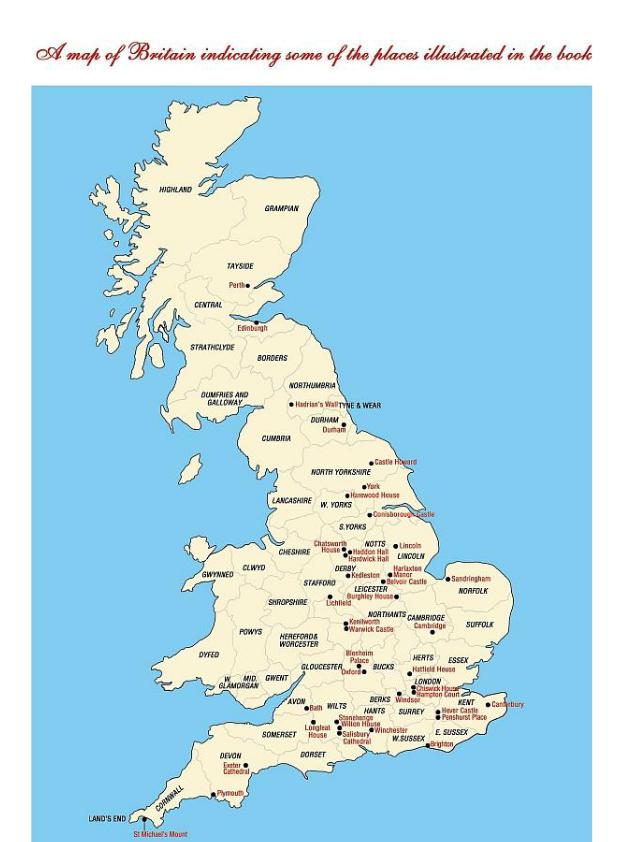
А. Г. Минченков. «Glimpses of Britain. Учебное пособие»
86
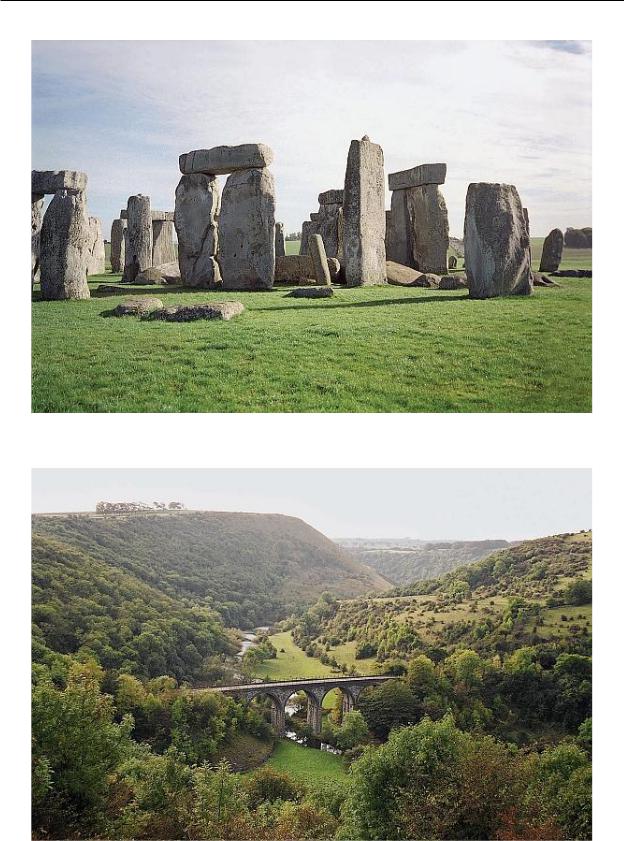
А. Г. Минченков. «Glimpses of Britain. Учебное пособие»
1. Stonehenge
2. Monsal Dale: Roman viaduct
87
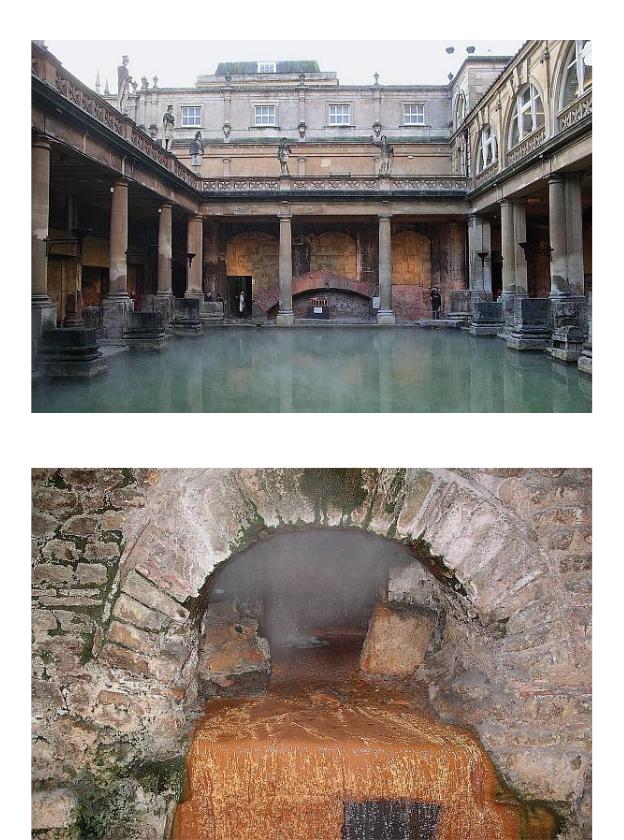
А. Г. Минченков. «Glimpses of Britain. Учебное пособие»
3. The Great Roman Bath, Bath
4. The overflow from the hot spring through a Roman arch, The Roman Baths Museum, Bath
88
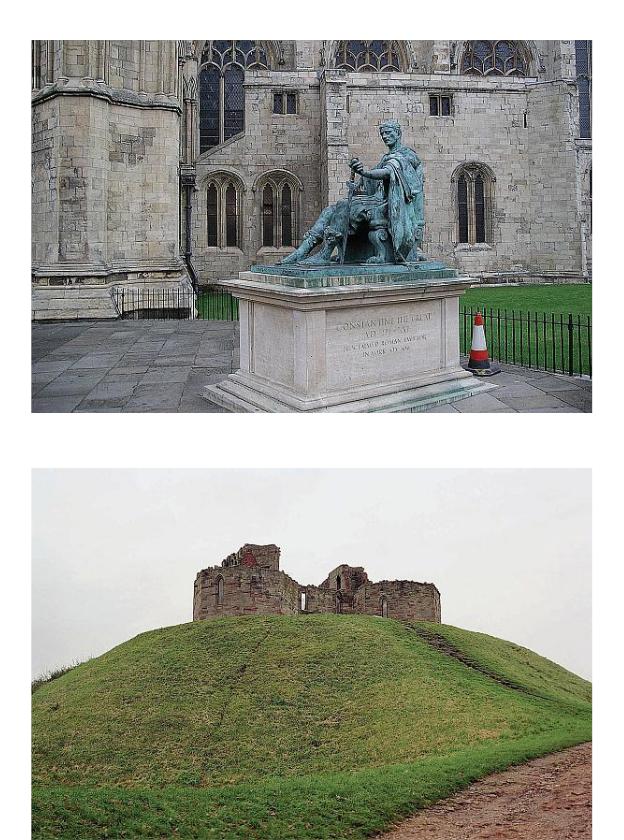
А. Г. Минченков. «Glimpses of Britain. Учебное пособие»
5. Constantine the Great (crowned Roman Emperor in York) in front of York Minster
6. The remains of Stafford Castle with a mound
89

А. Г. Минченков. «Glimpses of Britain. Учебное пособие»
7. Durham Cathedral
90
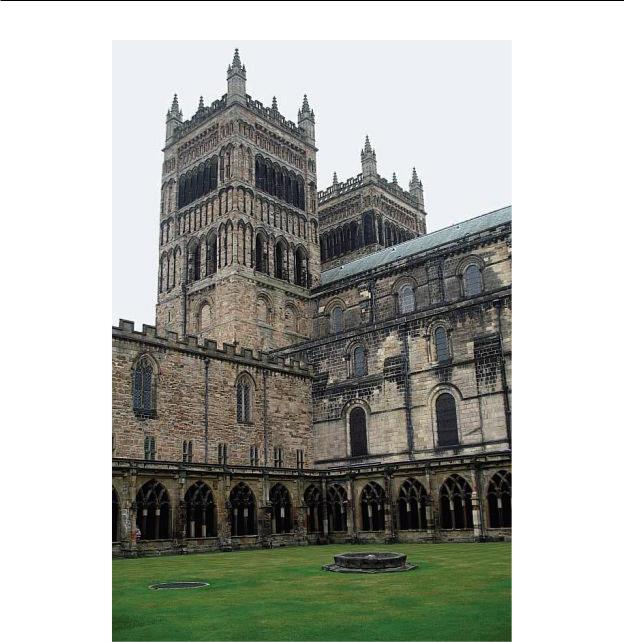
А. Г. Минченков. «Glimpses of Britain. Учебное пособие»
8. Durham Cathedral: the cloisters
91
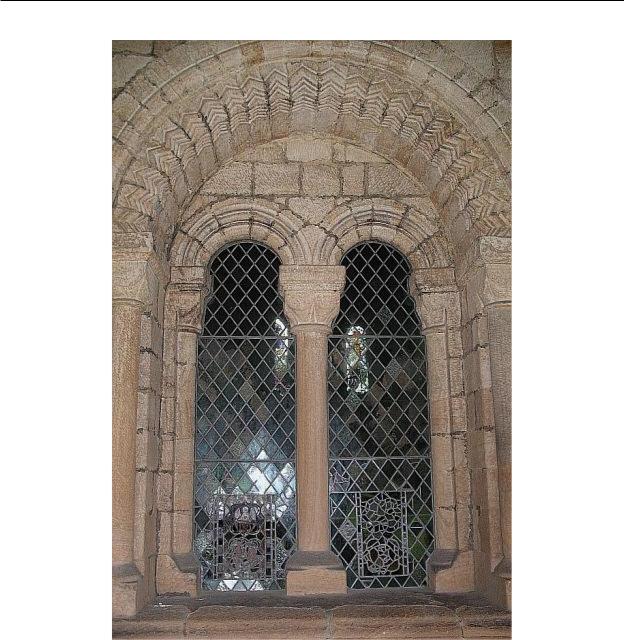
А. Г. Минченков. «Glimpses of Britain. Учебное пособие»
9. Norman arch at Durham Cathedral
92
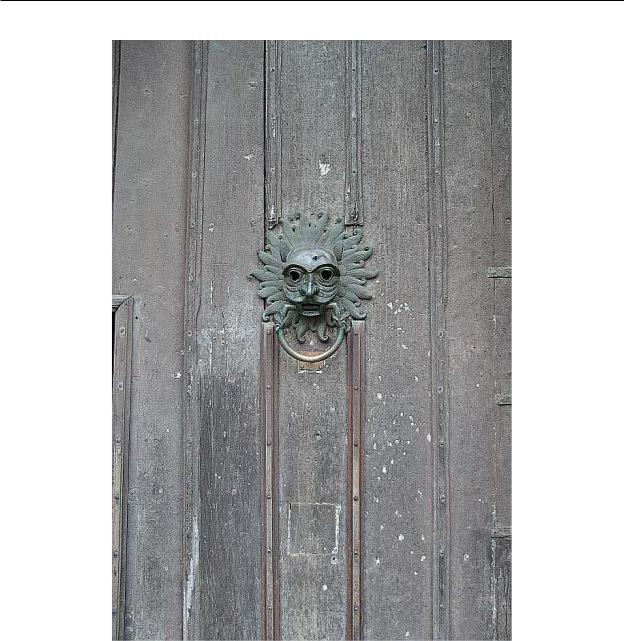
А. Г. Минченков. «Glimpses of Britain. Учебное пособие»
10. The door knocker at Durham Cathedral
93
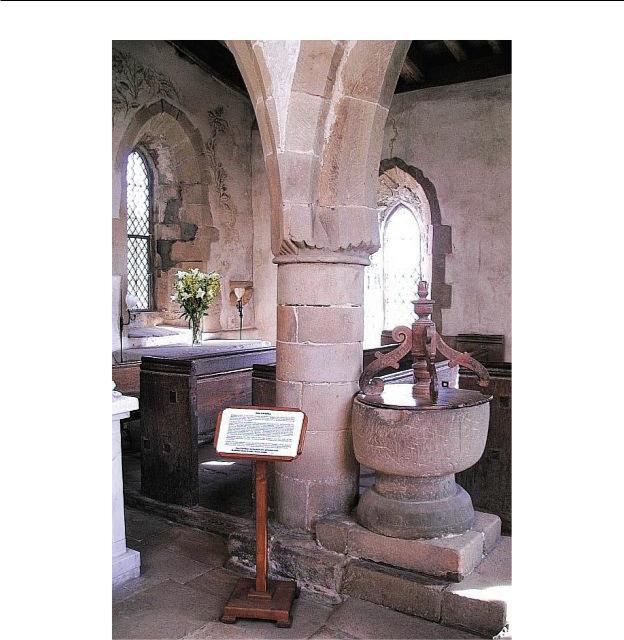
А. Г. Минченков. «Glimpses of Britain. Учебное пособие»
11. Norman pillar and font (Haddon Hall)
94
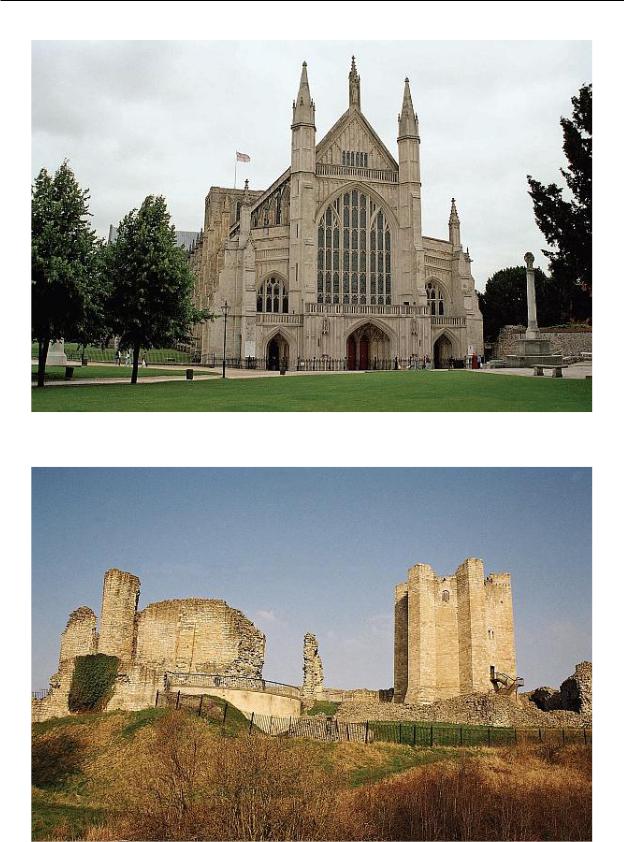
А. Г. Минченков. «Glimpses of Britain. Учебное пособие»
12. Winchester Cathedral
13. Conisborough Castle
95
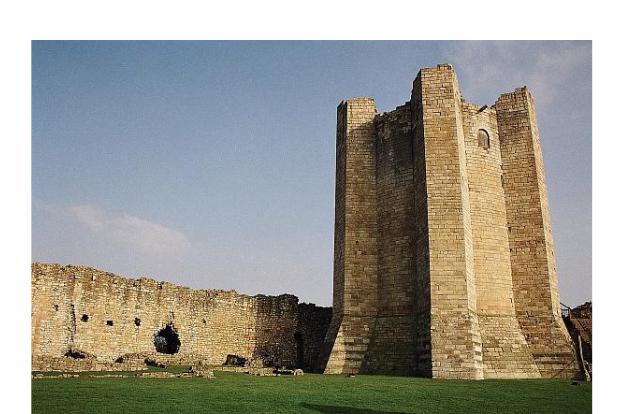
А. Г. Минченков. «Glimpses of Britain. Учебное пособие»
14. Conisborough Castle: the keep
96
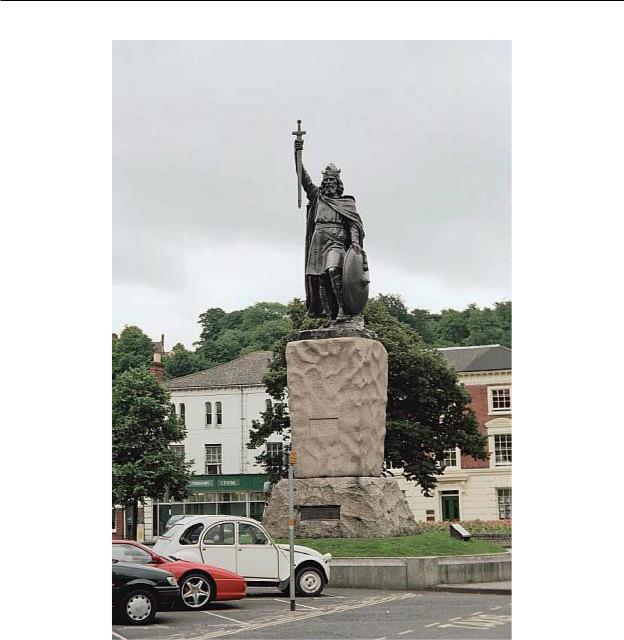
А. Г. Минченков. «Glimpses of Britain. Учебное пособие»
15. Alfred the Great, Winchester
97
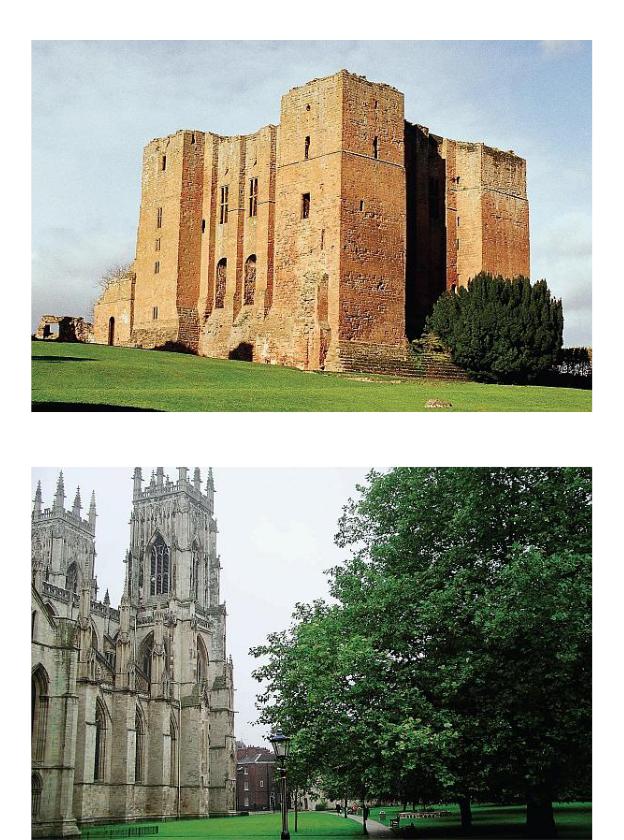
А. Г. Минченков. «Glimpses of Britain. Учебное пособие»
16. The Norman Keep at Kenilworth Castle
17. York Minster
98
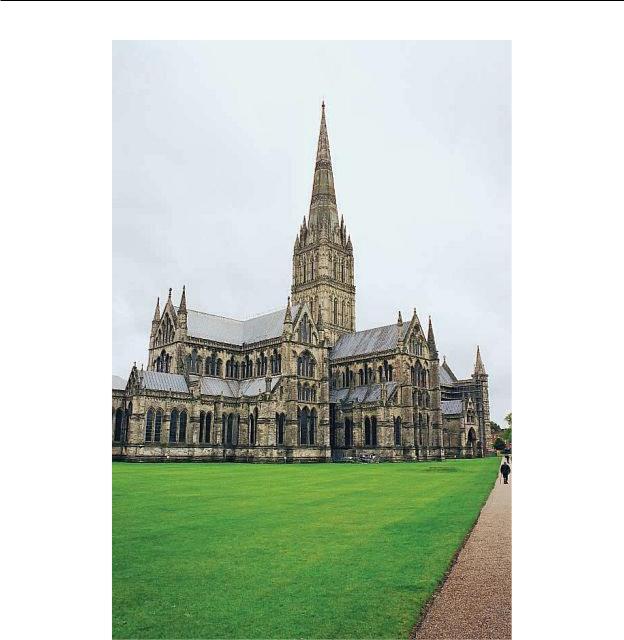
А. Г. Минченков. «Glimpses of Britain. Учебное пособие»
18. Salisbury Cathedral
99
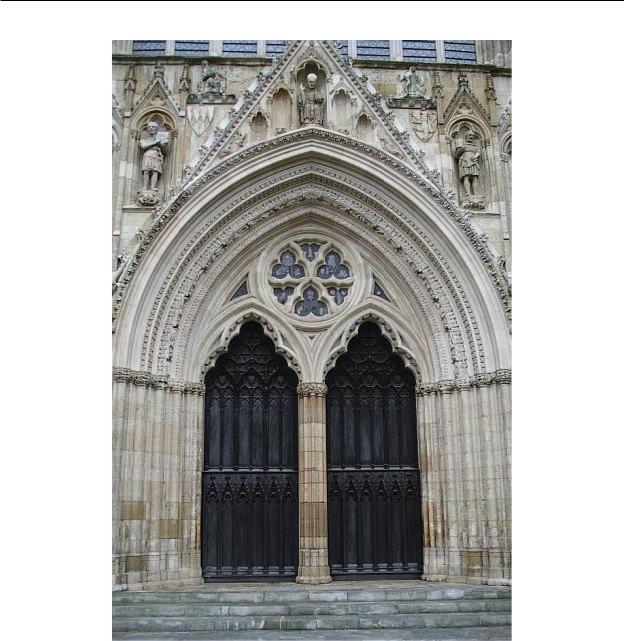
А. Г. Минченков. «Glimpses of Britain. Учебное пособие»
19. York Minster: Gothic doorway
100
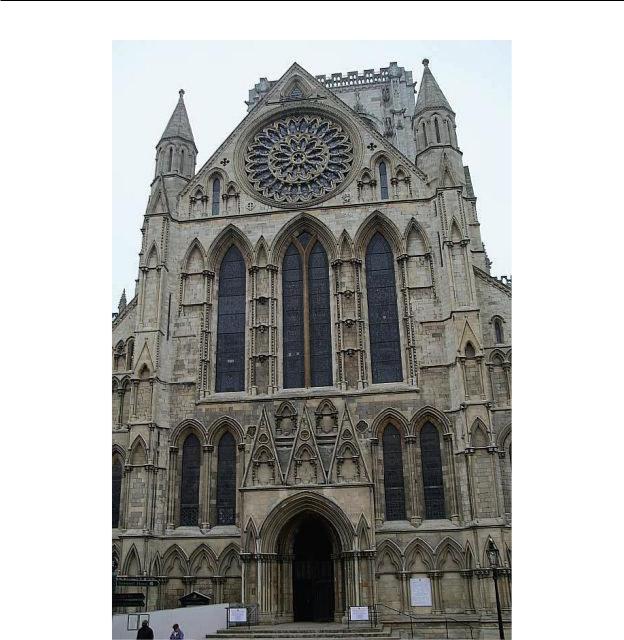
А. Г. Минченков. «Glimpses of Britain. Учебное пособие»
20. York Minster
101
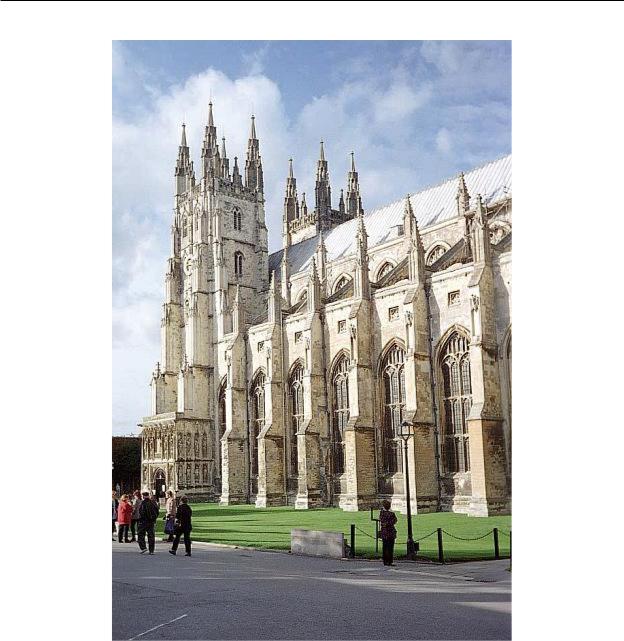
А. Г. Минченков. «Glimpses of Britain. Учебное пособие»
21. Canterbury Cathedral
102
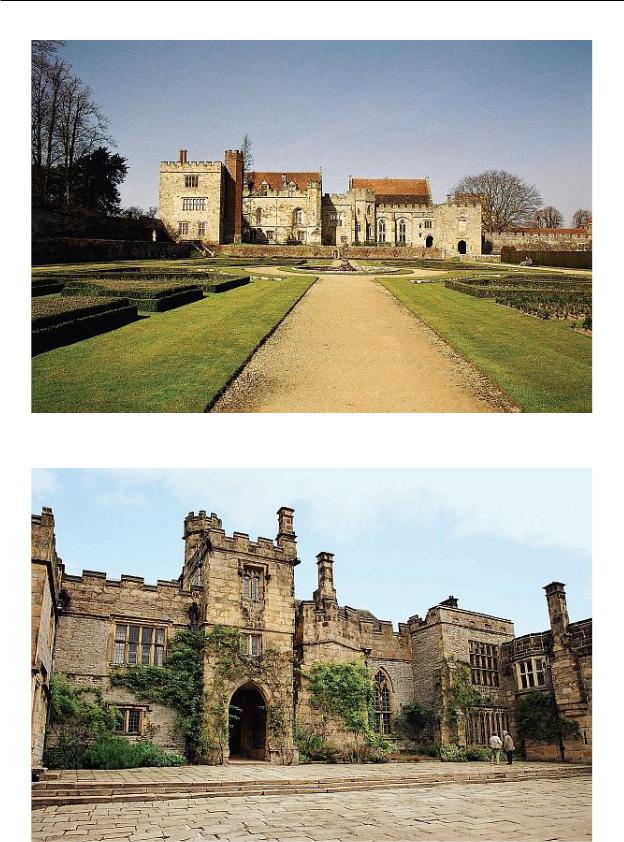
А. Г. Минченков. «Glimpses of Britain. Учебное пособие»
22. Penshurst Place
23. Haddon Hall: The Lower Courtyard
103
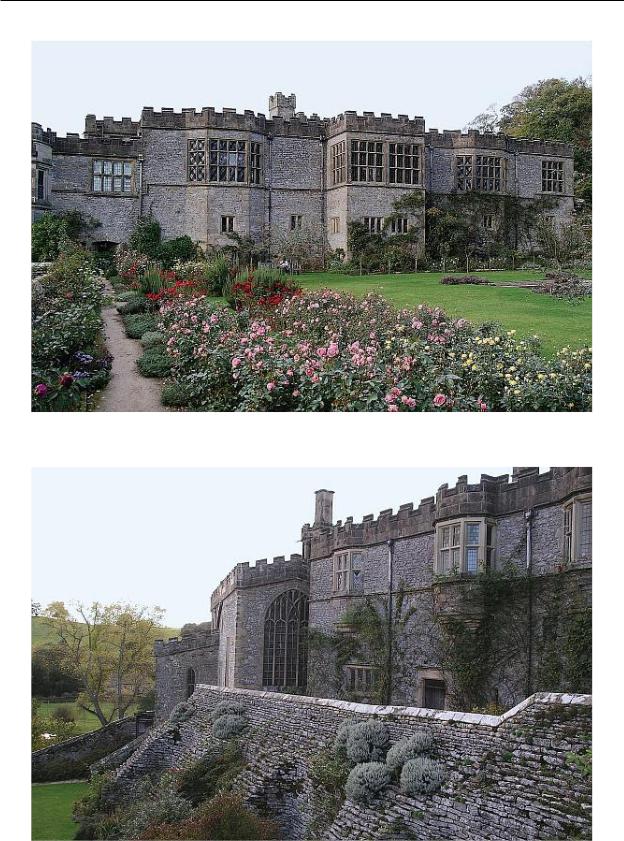
А. Г. Минченков. «Glimpses of Britain. Учебное пособие»
24. The Gardens at Haddon Hall
25. Haddon Hall
104
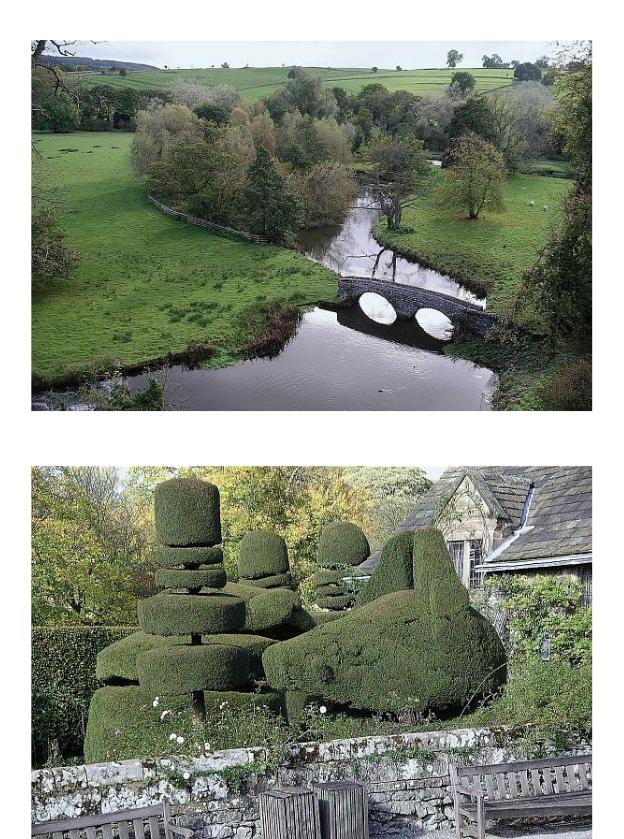
А. Г. Минченков. «Glimpses of Britain. Учебное пособие»
26. Countryside around Haddon Hall
27. The topiary at Haddon Hall (the front right portrays a boar’s head)
105
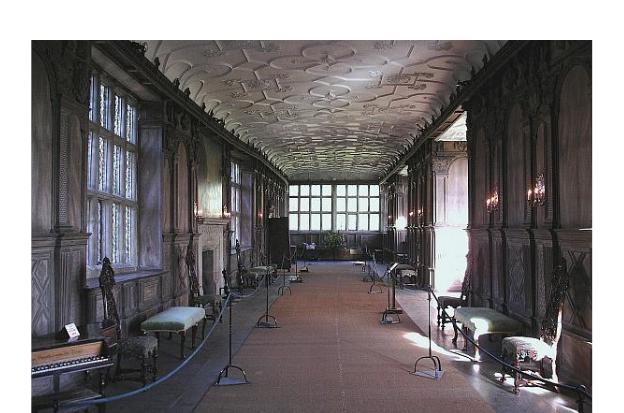
А. Г. Минченков. «Glimpses of Britain. Учебное пособие»
28. The Long Gallery (Haddon Hall)
106
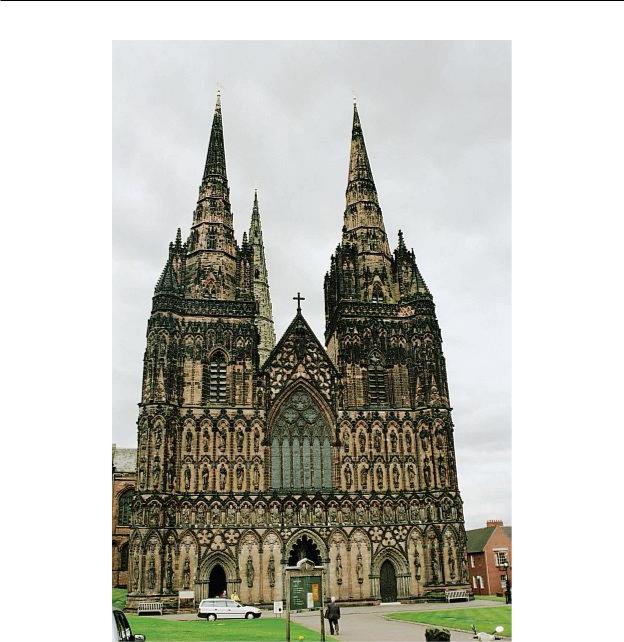
А. Г. Минченков. «Glimpses of Britain. Учебное пособие»
29. Lichfield Cathedral
107
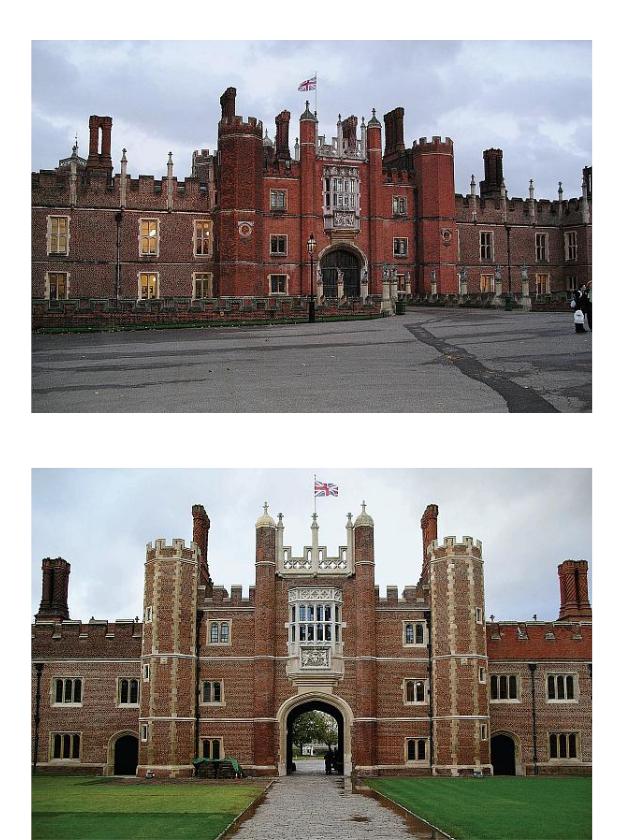
А. Г. Минченков. «Glimpses of Britain. Учебное пособие»
30. Hampton Court. The West Front
31. Hampton Court. The Base Court
108

А. Г. Минченков. «Glimpses of Britain. Учебное пособие»
32. Roundel of the Emperor Nero at Hampton Court
109

А. Г. Минченков. «Glimpses of Britain. Учебное пособие»
33. Oriel window at Hampton Court
110
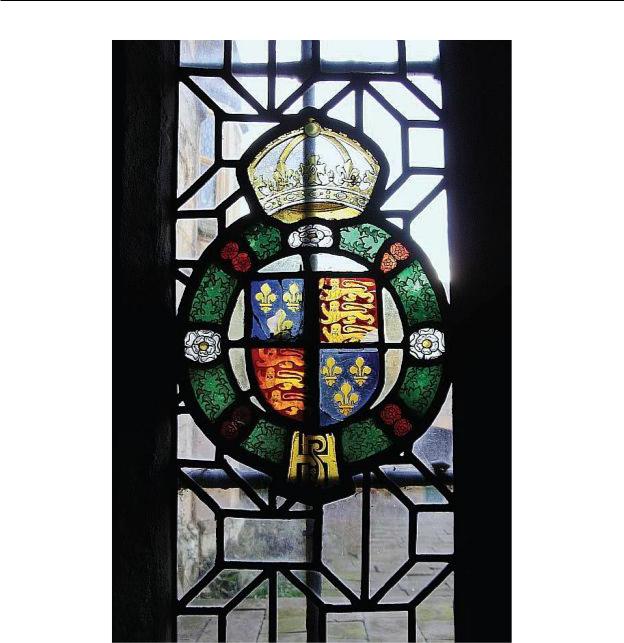
А. Г. Минченков. «Glimpses of Britain. Учебное пособие»
34. The Royal (Tudor) Arms at Haddon Hall
111
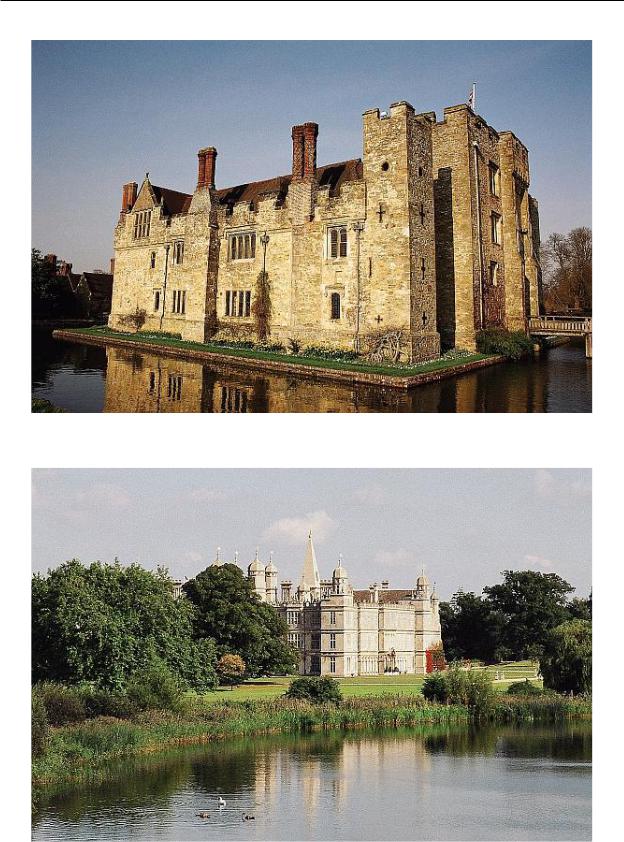
А. Г. Минченков. «Glimpses of Britain. Учебное пособие»
35. Hever Castle. The home of Anne Boleyn
36. Burghley House
112
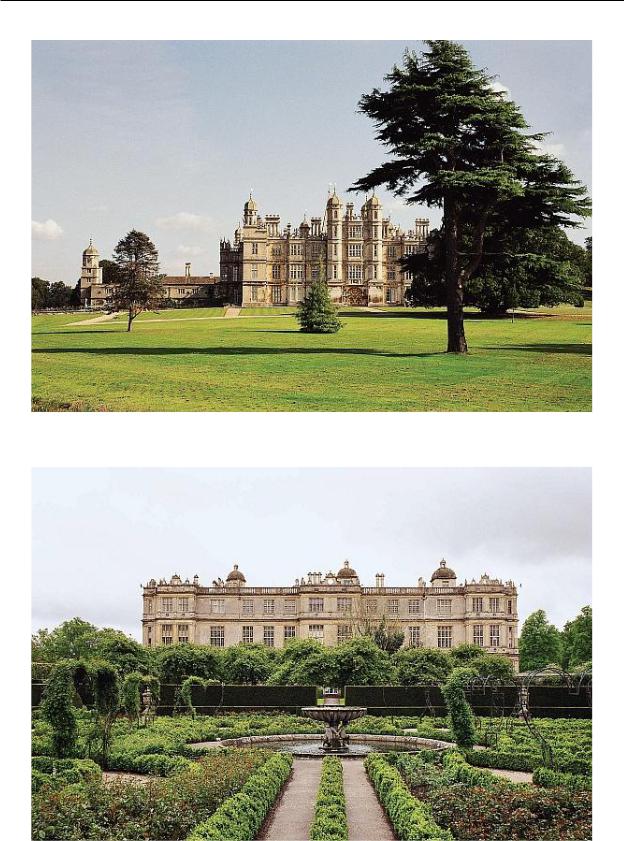
А. Г. Минченков. «Glimpses of Britain. Учебное пособие»
37. Burghley House
38. Longleat
113
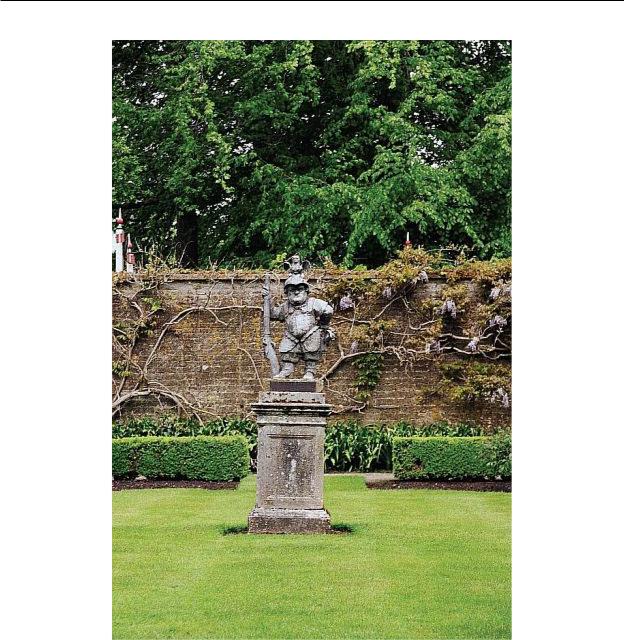
А. Г. Минченков. «Glimpses of Britain. Учебное пособие»
39. Longleat: the Gardens
114
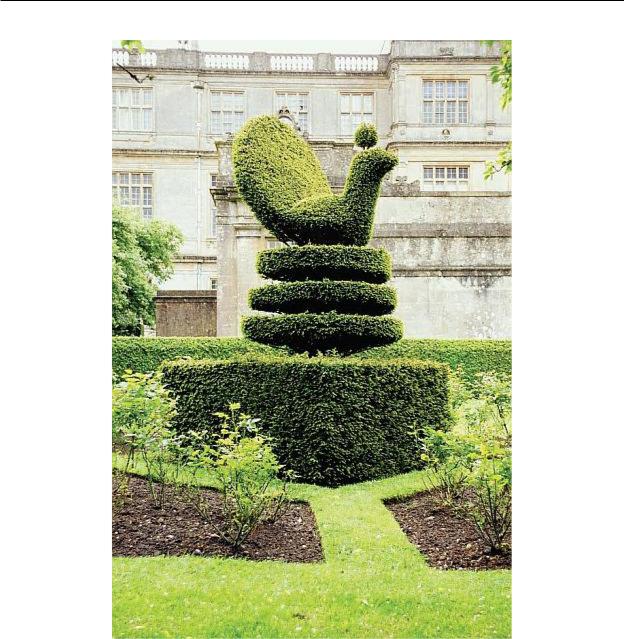
А. Г. Минченков. «Glimpses of Britain. Учебное пособие»
40. Longleat: the Gardens
115
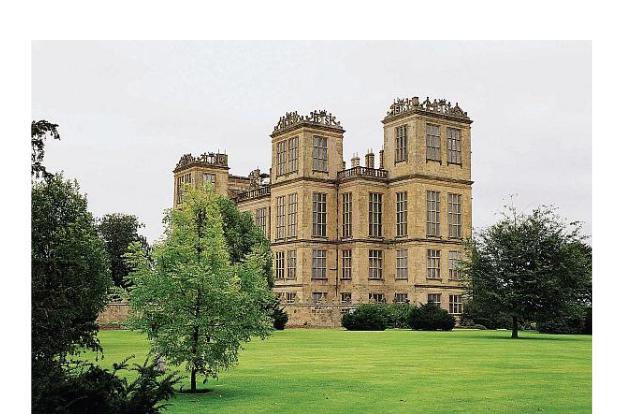
А. Г. Минченков. «Glimpses of Britain. Учебное пособие»
41. Hardwick Hall
116
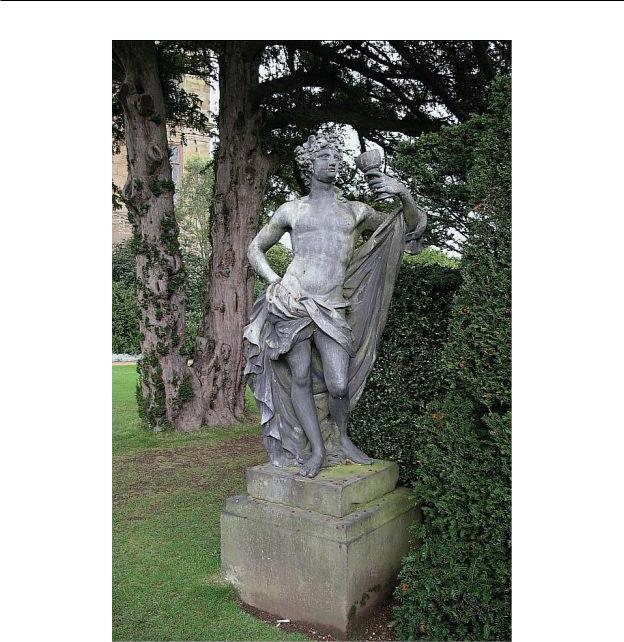
А. Г. Минченков. «Glimpses of Britain. Учебное пособие»
42. The Gardens at Hardwick Hall
117
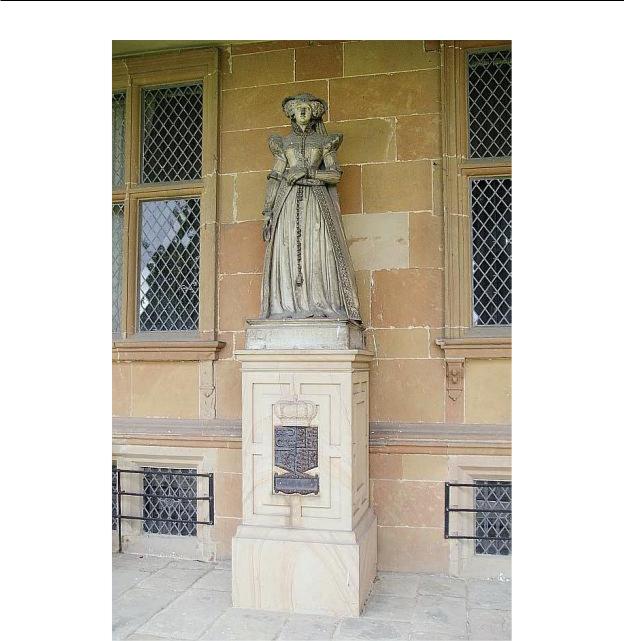
А. Г. Минченков. «Glimpses of Britain. Учебное пособие»
43. The statue of Mary Queen of Scots at Hardwick Hall
118
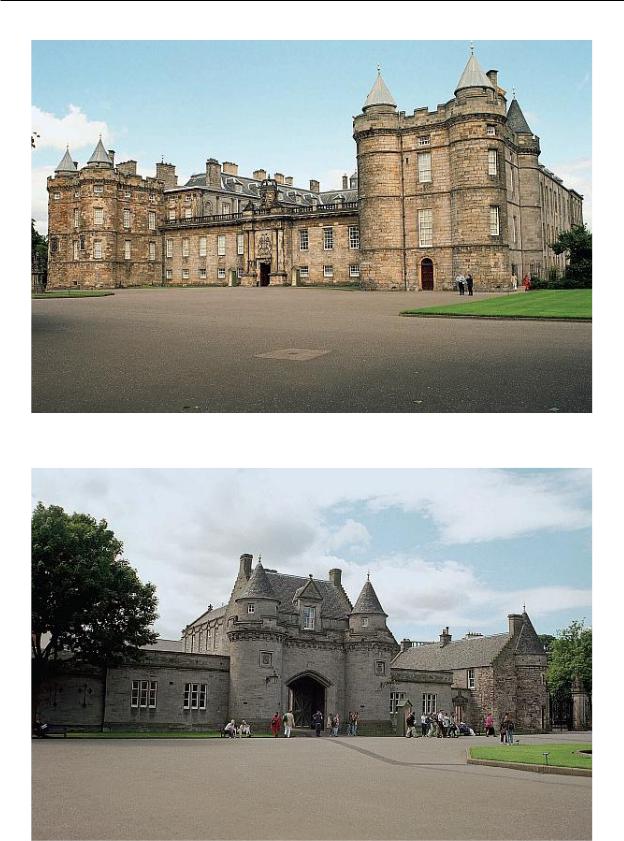
А. Г. Минченков. «Glimpses of Britain. Учебное пособие»
44. Holyroodhouse, Edinburgh
45. The gateway at Holyroodhouse, Edinburgh
119

А. Г. Минченков. «Glimpses of Britain. Учебное пособие»
46. Wilton House
120

А. Г. Минченков. «Glimpses of Britain. Учебное пособие»
47. Wilton House
121
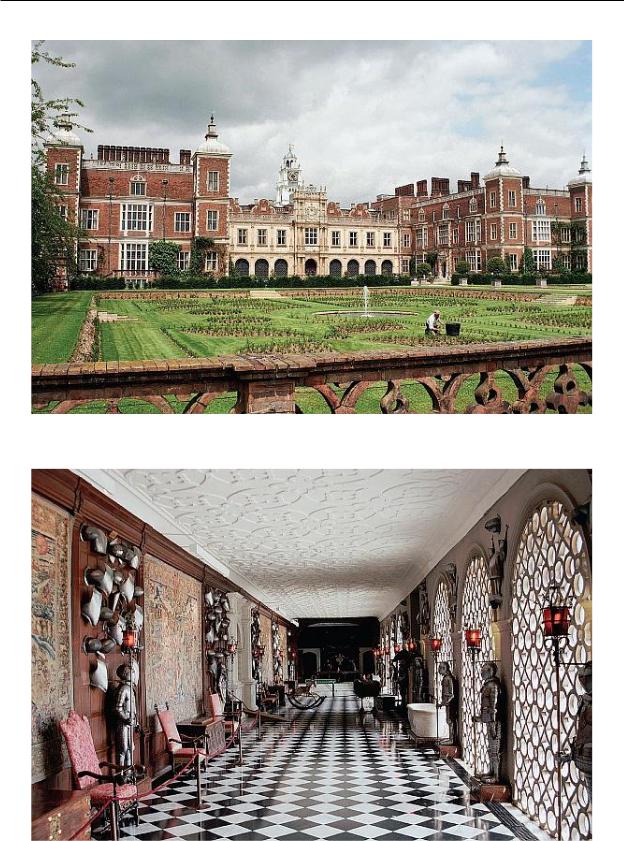
А. Г. Минченков. «Glimpses of Britain. Учебное пособие»
48. Hatfield House
49. Hatfield House: the Minstrels’ Gallery
122

А. Г. Минченков. «Glimpses of Britain. Учебное пособие»
50. Sudbury Hall
51. Banqueting House
123
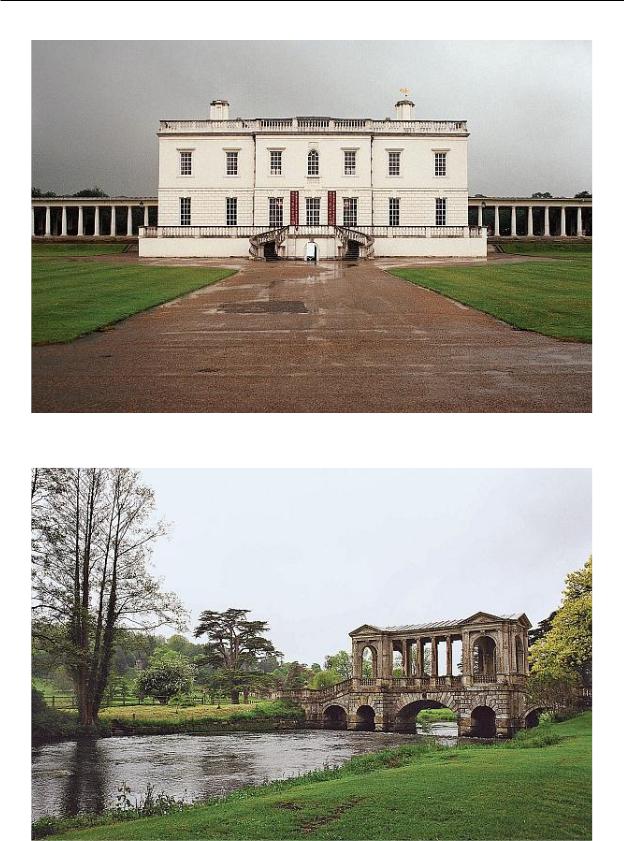
А. Г. Минченков. «Glimpses of Britain. Учебное пособие»
52. The Queen’s House, Greenwich
53. The Palladian Bridge at Wilton House
124
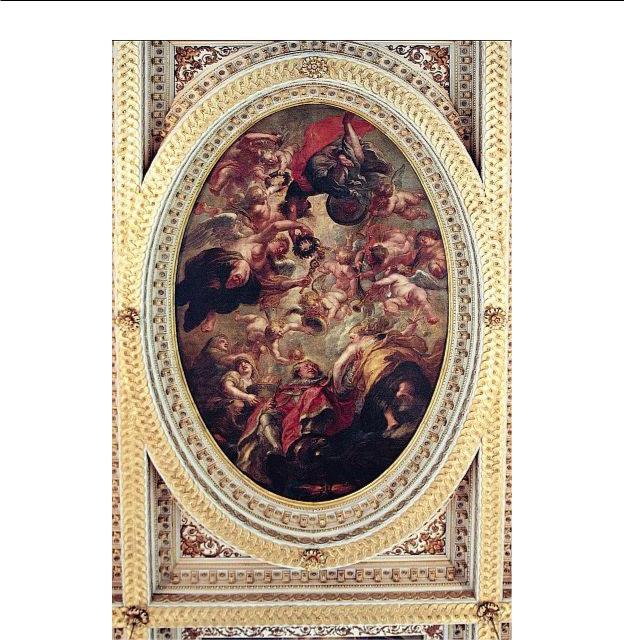
А. Г. Минченков. «Glimpses of Britain. Учебное пособие»
54. Banqueting House. Rubens’s Ceiling Painting: James I ascends to Heaven
125
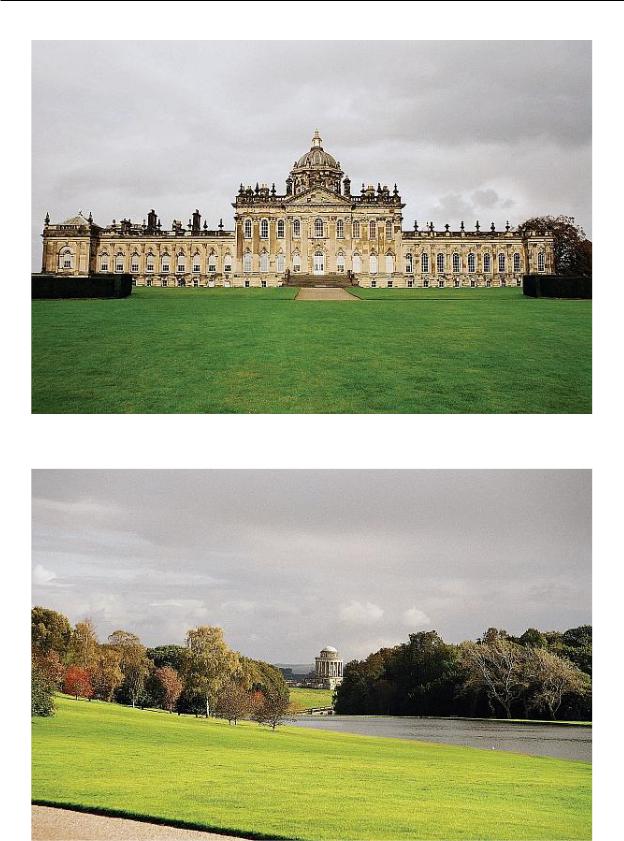
А. Г. Минченков. «Glimpses of Britain. Учебное пособие»
55. Castle Howard
56. The Mausoleum in the Grounds of Castle Howard
126
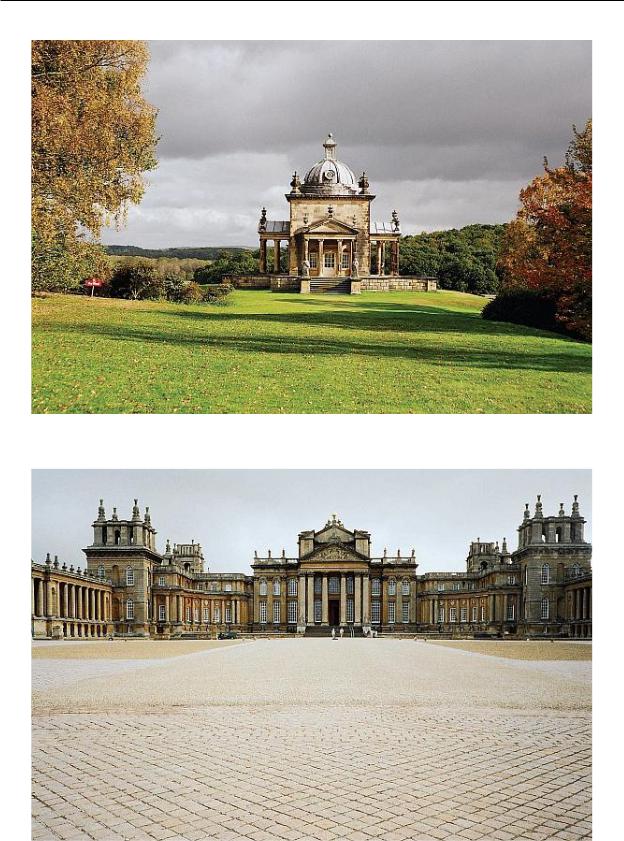
А. Г. Минченков. «Glimpses of Britain. Учебное пособие»
57. Temple of The Four Winds at Castle Howard
58. Blenheim: The Great Court
127
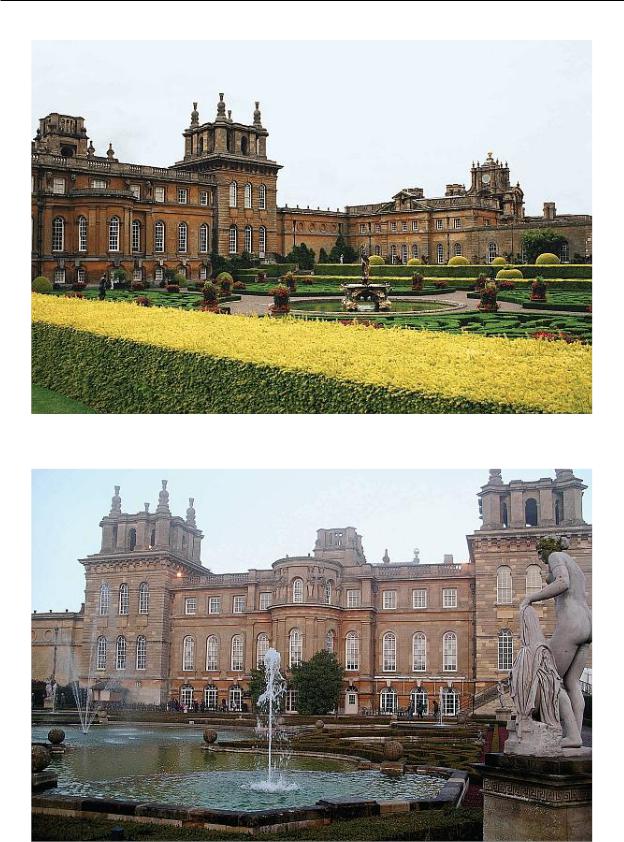
А. Г. Минченков. «Glimpses of Britain. Учебное пособие»
59. Blenheim
60. The Water Terrace Gardens at Blenheim
128

А. Г. Минченков. «Glimpses of Britain. Учебное пособие»
61. Blenheim Gardens
62. Blenheim: the Maze
129
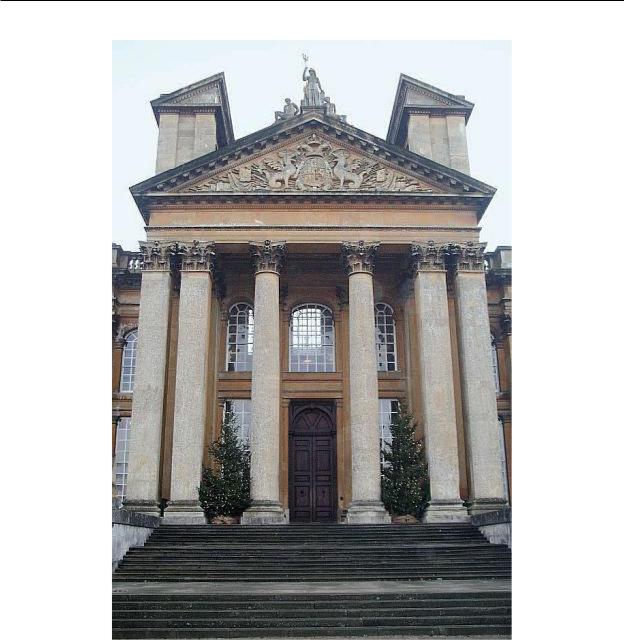
А. Г. Минченков. «Glimpses of Britain. Учебное пособие»
63. Blenheim: The Great Court portico with Christmas trees
130
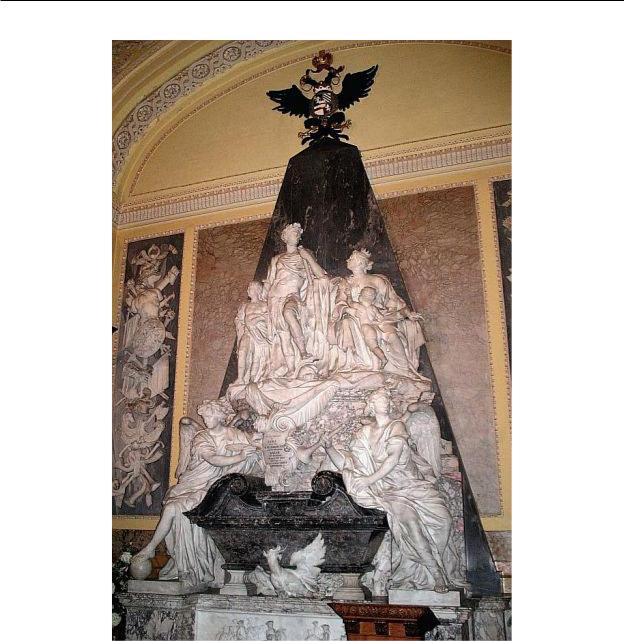
А. Г. Минченков. «Glimpses of Britain. Учебное пособие»
64. The Chapel at Blenheim
131

А. Г. Минченков. «Glimpses of Britain. Учебное пособие»
65. Blenheim: The Rose Garden in December
66. Chatsworth
132
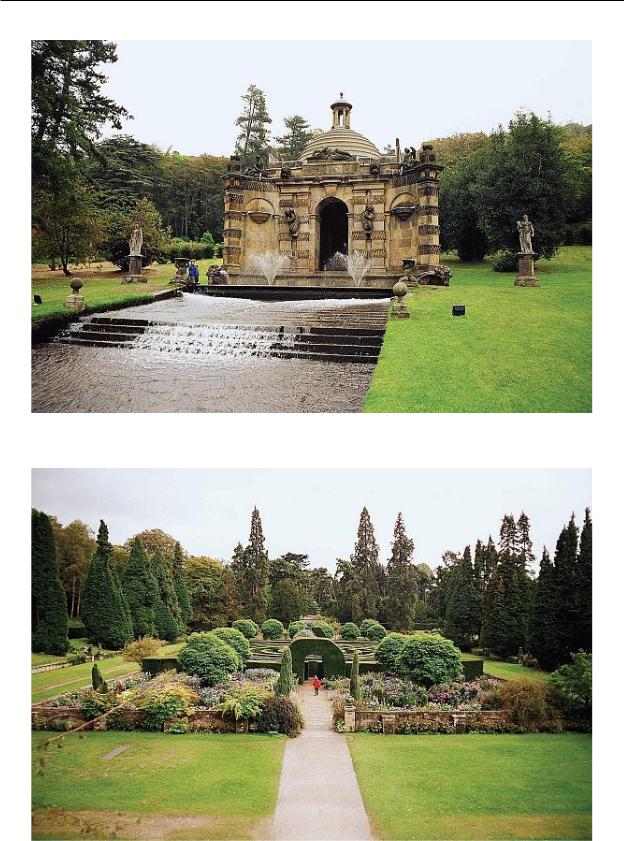
А. Г. Минченков. «Glimpses of Britain. Учебное пособие»
67. Chatsworth Garden: the Cascade House
68. Chatsworth Garden: the Maze
133

А. Г. Минченков. «Glimpses of Britain. Учебное пособие»
69. The Emperor Fountain at Chatsworth
134
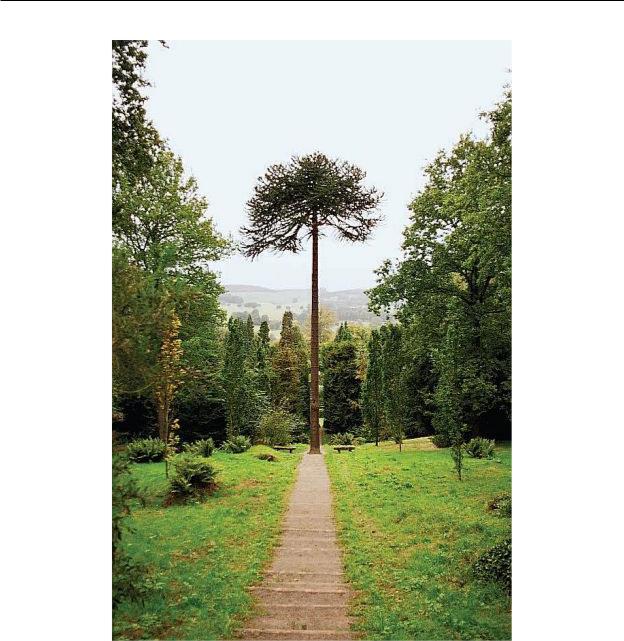
А. Г. Минченков. «Glimpses of Britain. Учебное пособие»
70. Araucaria araucana (monkey puzzle) in Chatsworth Garden
135
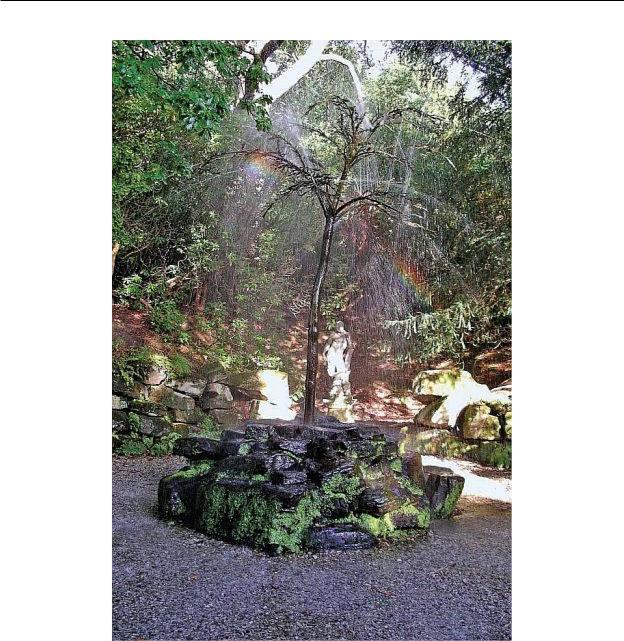
А. Г. Минченков. «Glimpses of Britain. Учебное пособие»
71. The Willow Tree Fountain in Chatsworth Garden
136
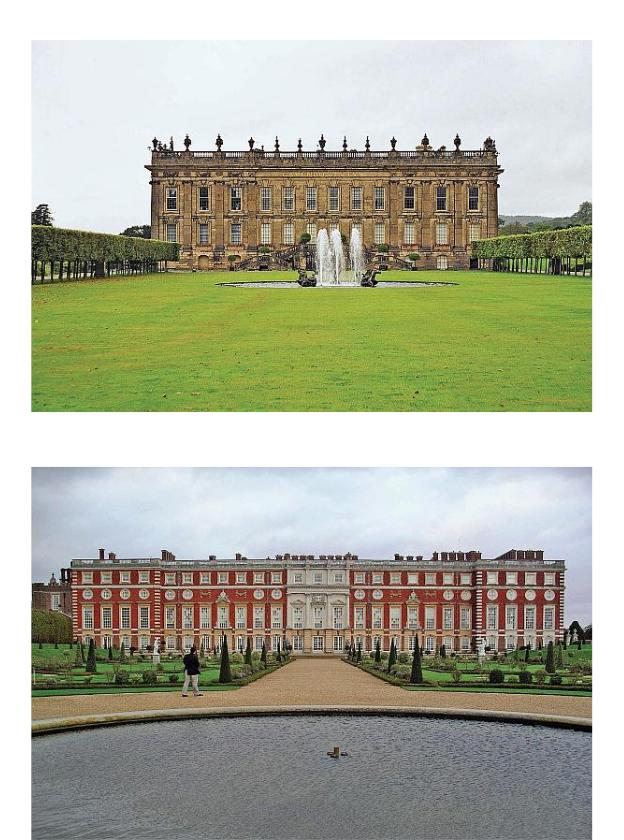
А. Г. Минченков. «Glimpses of Britain. Учебное пособие»
72. Chatsworth: The South Front
73. Hampton Court: the East Front of William III’s palace
137
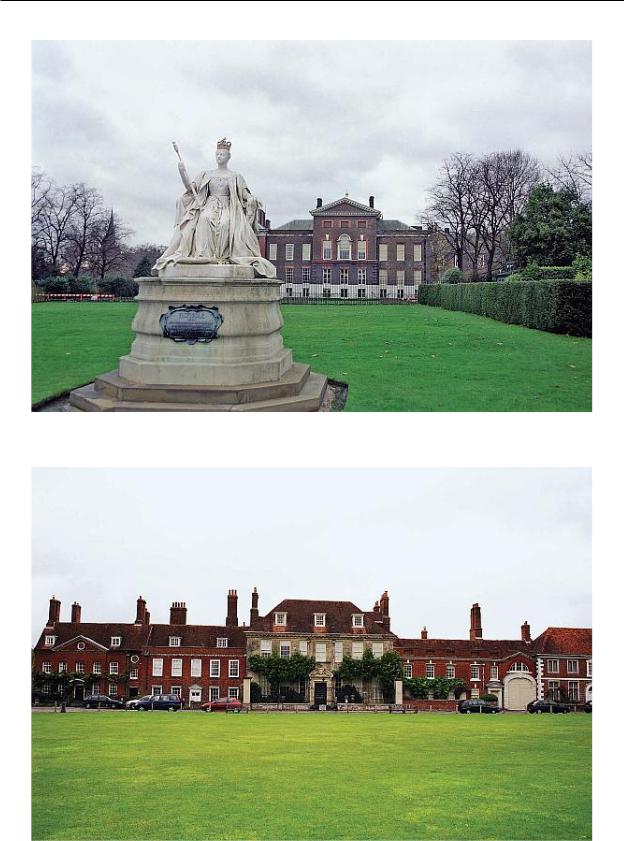
А. Г. Минченков. «Glimpses of Britain. Учебное пособие»
74. Kensington Palace
75. Mompesson House, Salisbury
138

А. Г. Минченков. «Glimpses of Britain. Учебное пособие»
76. Chiswick House
77. The Cascade at Chiswick House
139
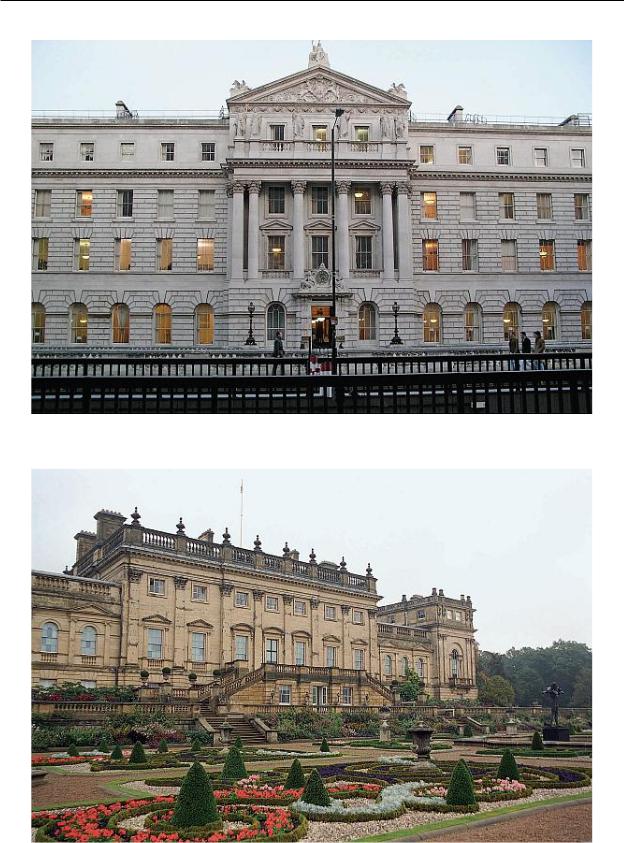
А. Г. Минченков. «Glimpses of Britain. Учебное пособие»
78. Somerset House, London
79. Harewood House
140
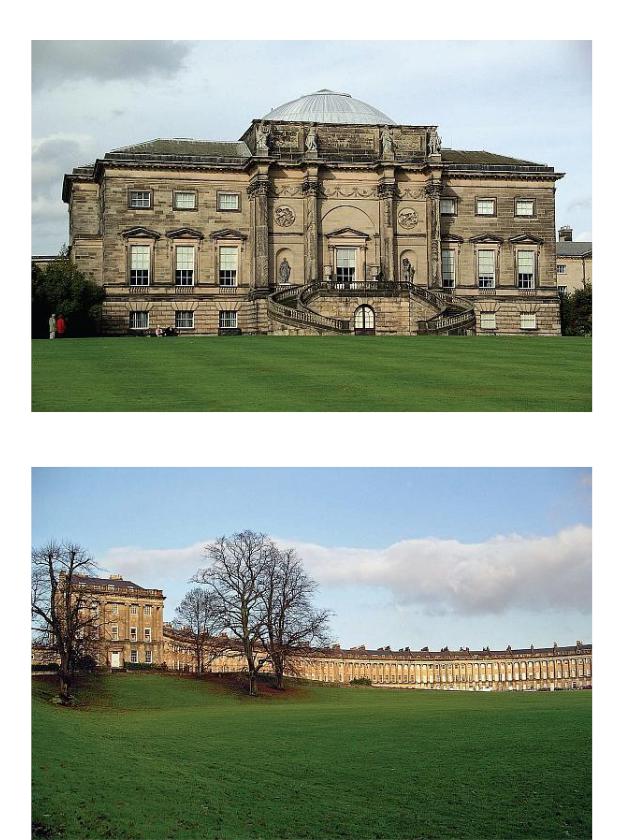
А. Г. Минченков. «Glimpses of Britain. Учебное пособие»
80. Kedleston Hall (by Robert Adam, 1760s)
81. The Royal Crescent, Bath
141

А. Г. Минченков. «Glimpses of Britain. Учебное пособие»
82. The Pulteney Bridge, Bath
83. The Royal Pavilion in Brighton
142
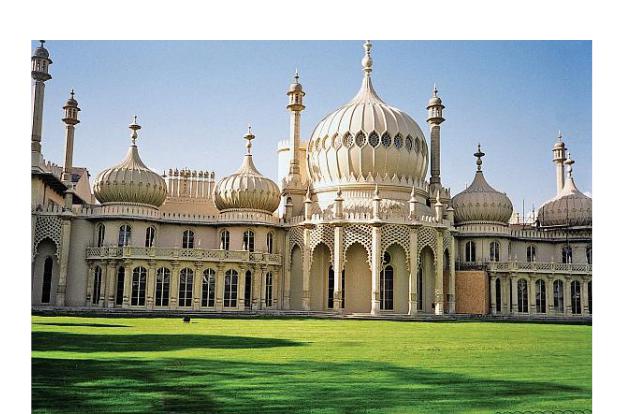
А. Г. Минченков. «Glimpses of Britain. Учебное пособие»
84. Belvoir Castle
143
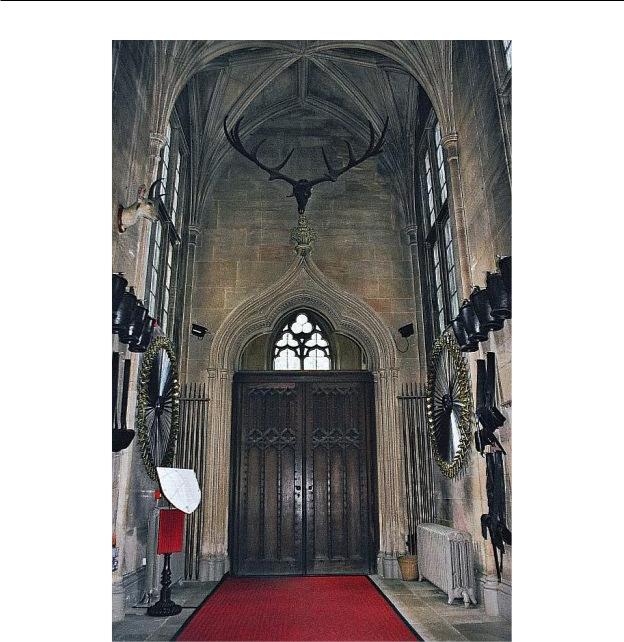
А. Г. Минченков. «Glimpses of Britain. Учебное пособие»
85. Belvoir Castle: the Pre-Guardroom (Designed by M. Wyatt)
144
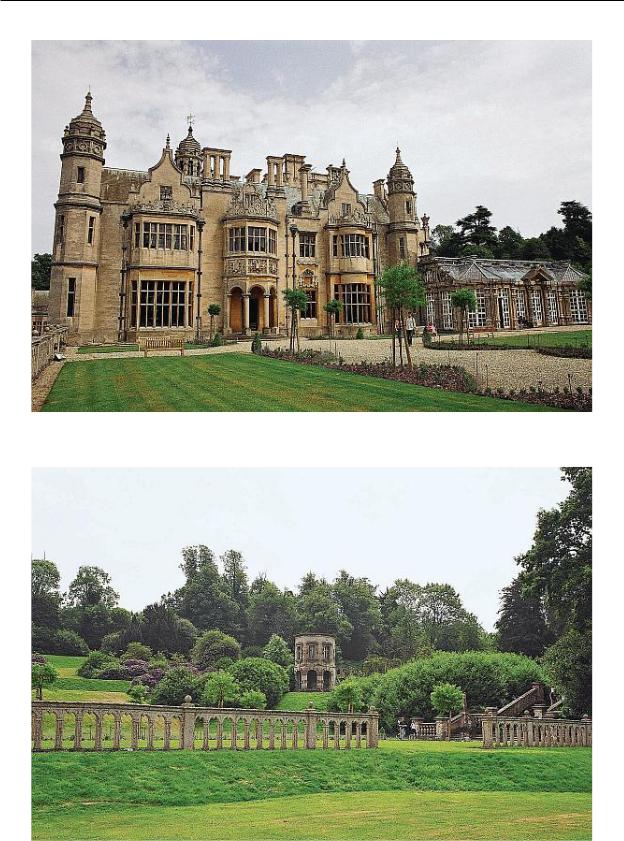
А. Г. Минченков. «Glimpses of Britain. Учебное пособие»
86. Harlaxton Manor: The South-west Front
87. Harlaxton Manor
145
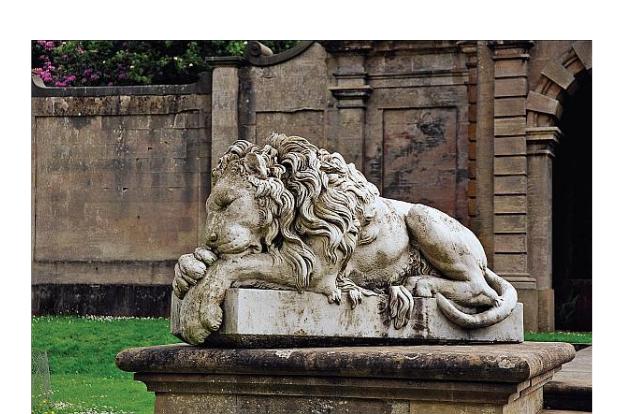
А. Г. Минченков. «Glimpses of Britain. Учебное пособие»
88. The Dormant Lion of Harlaxton
146
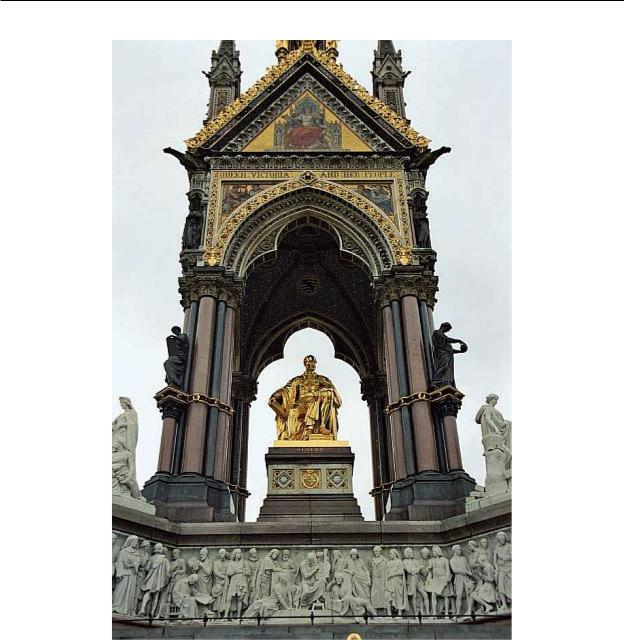
А. Г. Минченков. «Glimpses of Britain. Учебное пособие»
89. Albert Memorial, London
147
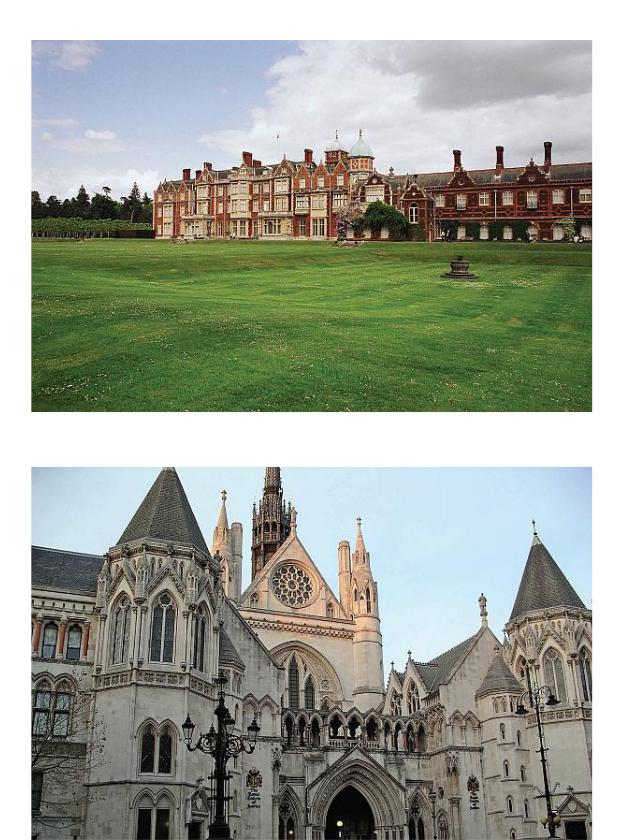
А. Г. Минченков. «Glimpses of Britain. Учебное пособие»
90. Sandringham
91. The Royal Courts of Justice (1874–1882, Victorian Gothic)
148
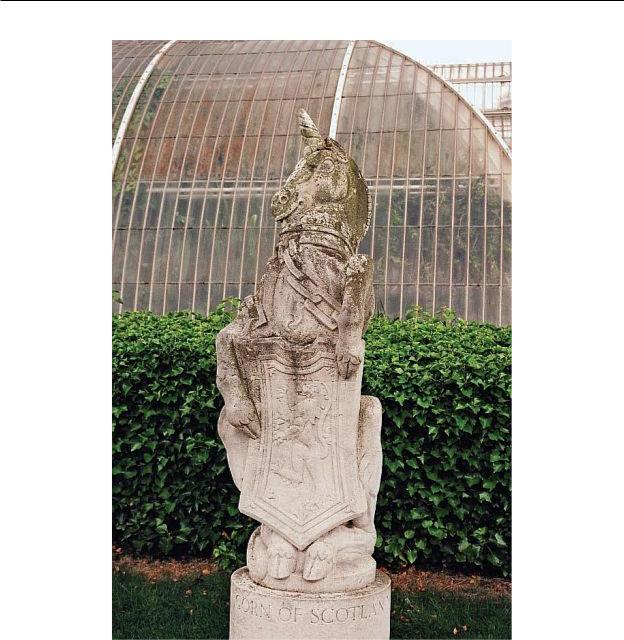
А. Г. Минченков. «Glimpses of Britain. Учебное пособие»
92. The Royal Beasts: The Unicorn of Scotland
149
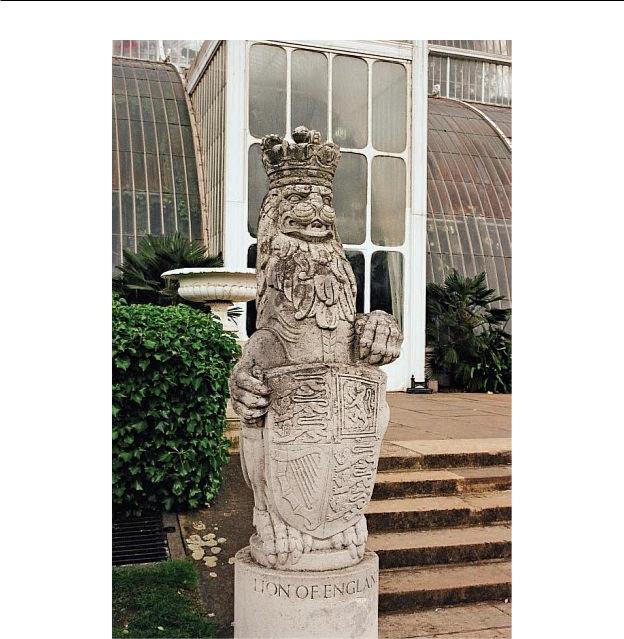
А. Г. Минченков. «Glimpses of Britain. Учебное пособие»
93. The Royal Beasts: The Lion of England
150
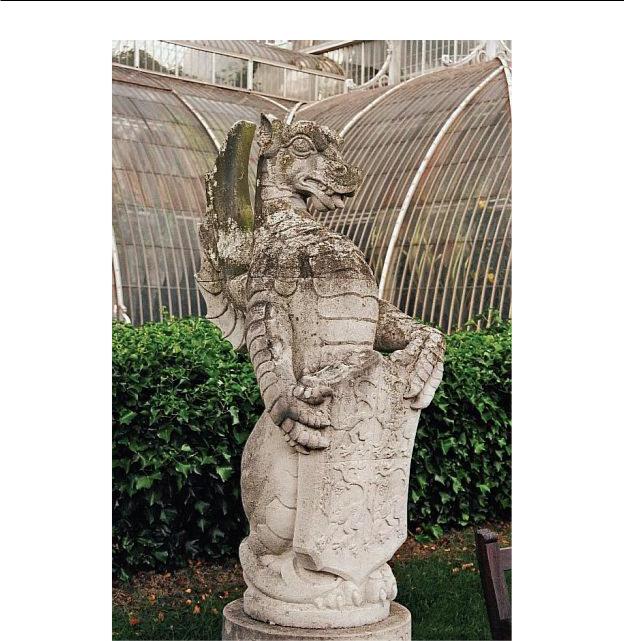
А. Г. Минченков. «Glimpses of Britain. Учебное пособие»
94. The Royal Beasts: The Red Dragon of Wales
151
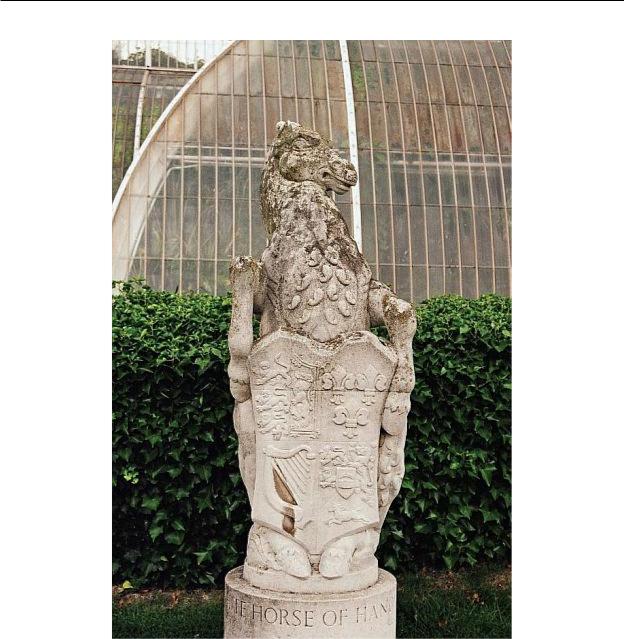
А. Г. Минченков. «Glimpses of Britain. Учебное пособие»
95. The Royal Beasts: The White Horse of Hanover
152
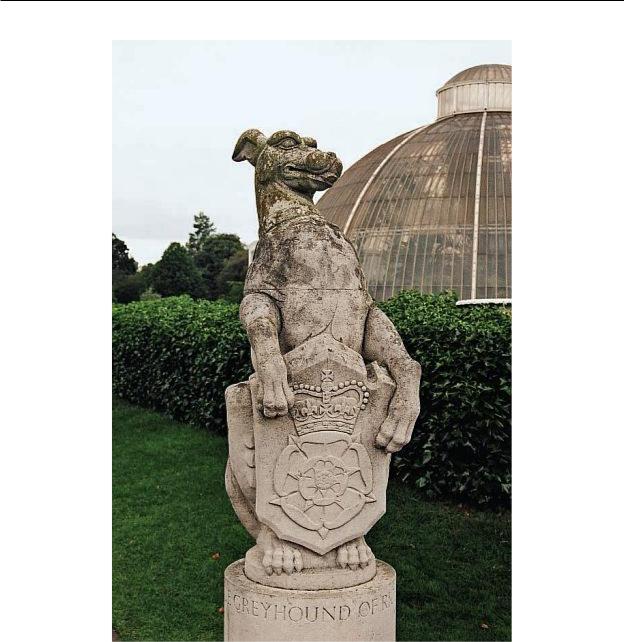
А. Г. Минченков. «Glimpses of Britain. Учебное пособие»
96. The Royal Beasts: The White Grey Hound of Richmond
153
